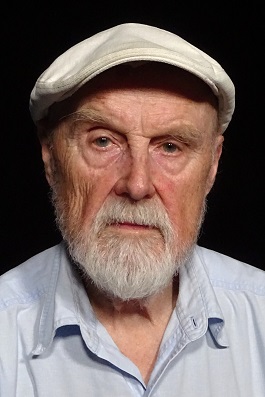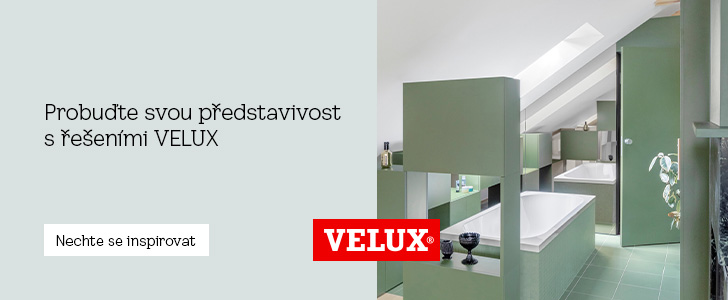
At the age of 89, the artist Eduard Ovčáček passed away today
 |
Eduard Ovčáček was born in 1933 in Třinec in the Frýdek-Místek region. The beginnings, as well as part of his mature work, are associated with Ostrava, where he lived, and Bratislava, where he studied. His figurative paintings from the second half of the 1950s, featuring zoomorphic and anthropomorphic motifs, exhibit a high degree of stylization. Their inspiration from foreign models such as Joan Miró or Paul Klee is evident, according to the Artlist.cz database.
At that time, he also began to take an interest in the work of Vladimír Boudník, with whom he became personally acquainted around 1960, and whose work influenced him so much that he himself began to focus on structural graphics. Since then, abstraction became the main means of expression in his work. Unlike his artistic model, he began to incorporate pictograms, letters, or numbers into his graphics. The figure that appeared in his early paintings suddenly disappeared. In its place came graphemes, which represented the symbol of human communication for him.
With an interest in contemporary trends, especially existentialism, he created in the 1960s works in the spirit of informel. On his paintings, he would often embed textiles and other objects into the surface lacquer. Ovčáček was one of the first in the Czech Republic to engage in so-called lettrism. This movement emerged in the 1960s when artists began to use letters in a different meaning than is commonly applied.
In Ovčáček's works from the 1960s, his fired reliefs occupy a special place. In the 1970s and 1980s, the human figure returned to his work - in a form that became known as Czech grotesque. The grotesque, grimacing, sometimes comically appearing figures, or rather their caricatures, are full of sarcasm and exaggeration. Ovčáček demonstrated once again that what interests him in art is mainly the search for new paths that have not yet been explored.
After the occupation of Czechoslovakia in 1968, he could not exhibit and, as a later signatory of Charter 77, he only participated in unofficial exhibitions, which at that time took place only at a sufficient distance from Prague, usually in a local cultural center, theater, museum, or smaller gallery in cities such as Orlová, Sokolov, Blansko, Hodonín, Frýdek-Místek, Český Těšín, or Brno.
In the early 1990s, when associations of artists began to revive, he appeared at exhibitions of the Mánes Association of Fine Artists, the Hollar graphic artists' association, the Artistic Society, and others. Ovčáček was part of the Ostrava art scene and dedicated a number of his works to the Gallery of Fine Arts in Ostrava.
The English translation is powered by AI tool. Switch to Czech to view the original text source.











